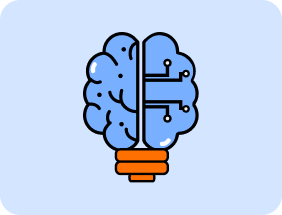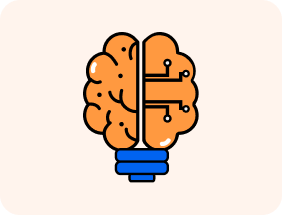- Home
- Solutions
- Join Community
- Methodology
- Limited Offer
-
Pricing
- More
What is the Activity?
The R-A-R (Review–Action–Reflection) Activity is a structured exercise where learners analyze real or simulated scenarios step by step. The process begins with Review, identifying causes, factors, or background context of the situation. Learners then move to Action, where they propose strategies or solutions. Finally, in Reflection, they think critically about the long-term outcomes, lessons learned, or preventive measures.
To make the activity relevant, learners select options such as industry, scenario type , stakeholders, and decision type. Each exercise is concise, with word count ranges keeping responses sharp and focused.
For example, in a hospital medication shortage, learners may review supply chain issues, propose allocation strategies, and reflect on preventive policies. This structured method transforms problem-solving into a repeatable habit, sharpening analysis and decision-making across multiple fields.




 Individual
Individual
 Learner
Learner Mentor
Mentor Organisation
Organisation
 Learner
Learner Mentor
Mentor Organisation
Organisation





